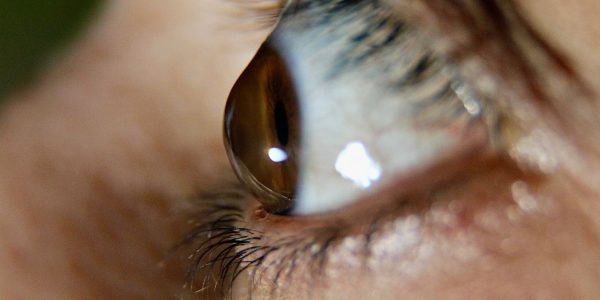
Understanding Keratoconus
Keratoconus is the progressive weakening and bulging of the cornea, or the clear covering of the eye. A healthy cornea is round, but a cornea affected by keratoconus bulges outward like a cone. With keratoconus, vision can change in two ways: the smooth surface of the cornea can become irregular, causing astigmatism and/or nearsightedness. Symptoms can include double vision, glare, halos or stars around lights or difficulty seeing in certain light conditions.
If you have keratoconus (even mild keratoconus), laser eye surgeons will discourage you from having laser vision correction. Procedures like LASIK and PRK reshape the cornea by removing microscopic particles of tissue. However, removing tissue from an inherently weak cornea affected by keratoconus further weakens the cornea and threatens the cornea’s integrity.
Your eye doctor has probably advised you to wear eyeglasses or contact lenses to correct vision. But unfortunately, keratoconus can make it difficult to fit and wear contact lenses comfortably or for prolonged periods of time. Another indication of keratoconus is frequent changes in prescription that require multiple visits to fine-tune. It’s understandable you may want a more permanent solution.
Intacs™ for Keratoconus
One of the most significant advancements in keratoconus treatment is the development of intrastromal corneal rings or inserts called Intacs™. Intacs are implanted into the cornea to help reshape the curvature of the cornea. The goal of Intacs isn’t to reduce or eliminate your dependence on glasses or contact lenses; rather, it is to enable you to wear contact lenses longer and more comfortably. Dr. Mandel is a leading authority on Intacs, and was selected by the company that developed the corneal rings, Kearvision, to perform surgery on its employees.
Although there is no cure for keratoconus, the progression of the condition can be halted by a procedure called corneal crosslinking. Dr. Mandel, a cornea specialist, can determine if crosslinking and/or Intacs are right for your particular case of keratoconus.
If you are struggling with the effects of keratoconus and would like to discuss Intacs with Dr. Mandel, please contact one of our four offices to book a consultation. You can send an email or call 877-210-2020 ext. 3 to request an appointment.



